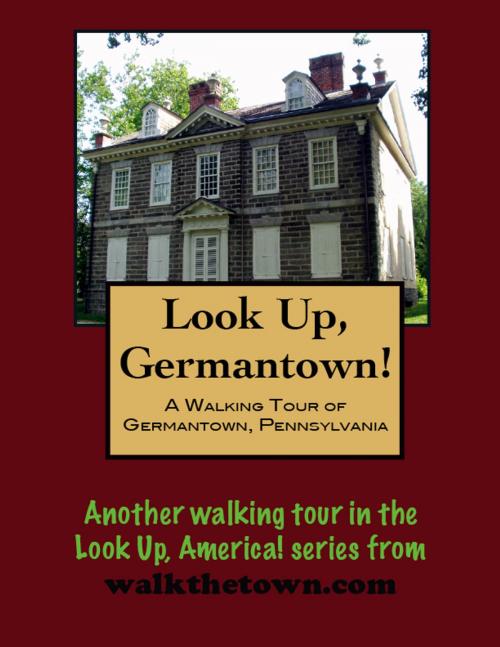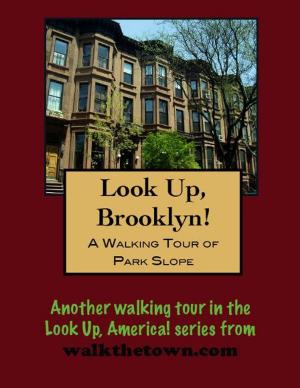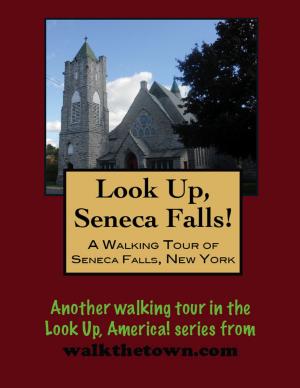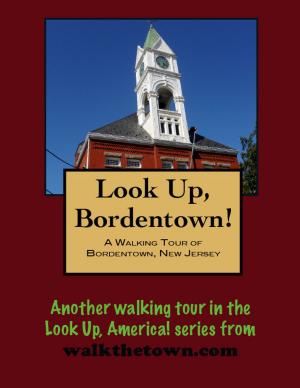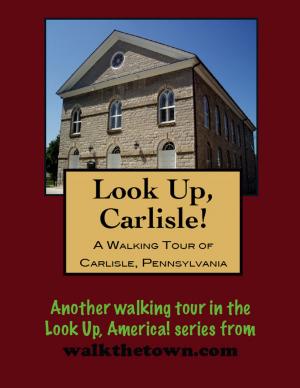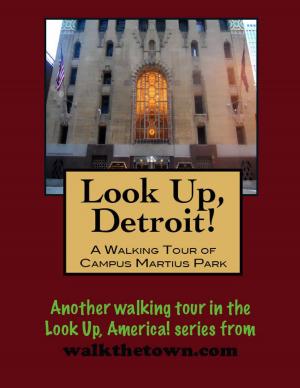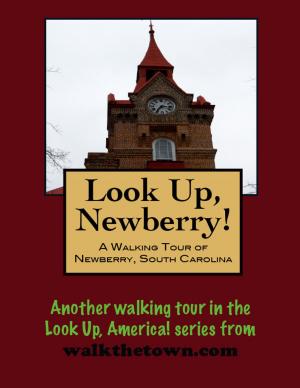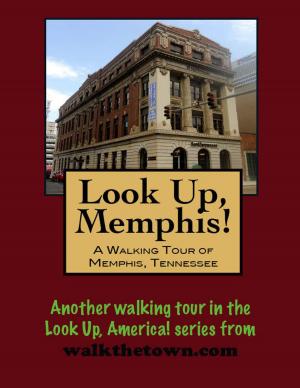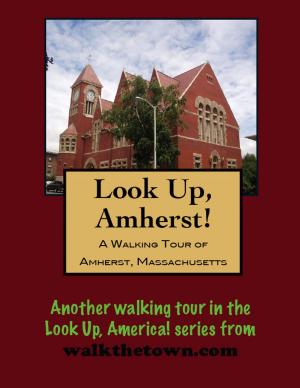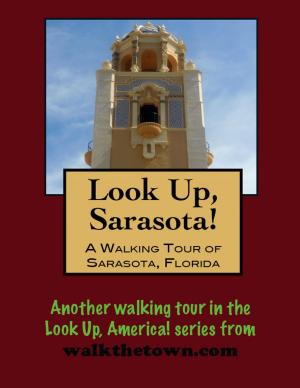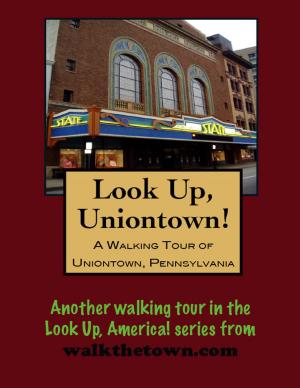Look Up, Philadelphia! A Walking Tour of Germantown
Nonfiction, Travel, United States, History, Americas| Author: | Doug Gelbert | ISBN: | 9781458000712 |
| Publisher: | Doug Gelbert | Publication: | February 8, 2011 |
| Imprint: | Smashwords Edition | Language: | English |
| Author: | Doug Gelbert |
| ISBN: | 9781458000712 |
| Publisher: | Doug Gelbert |
| Publication: | February 8, 2011 |
| Imprint: | Smashwords Edition |
| Language: | English |
There is no better way to see America than on foot. And there is no better way to appreciate what you are looking at than with a walking tour. Whether you are preparing for a road trip or just out to look at your own town in a new way, a downloadable walking tour is ready to explore when you are.
Each walking tour describes historical and architectural landmarks and provides pictures to help out when those pesky street addresses are missing. Every tour also includes a quick primer on identifying architectural styles seen on American streets.
Germantown was founded in 1683 by a group of Netherlanders fleeing religious persecution. Francis Daniel Pastorius, rose to leadership, contacted William Penn, obtained land, and directly stimulated migration. Pastorius arrived on August 20 of that year, the other settlers reached Philadelphia on October 6. Germantown remained predominantly Dutch until 1709, when large numbers. of Germans began to settle there. Those immigrants overwhelmed the settlement and gave it a decidedly Germanic character for most of the 18th century.
The town grew rapidly. William Rittenhouse founded America’s first paper mill on the Wissahickon Creek in 1690 and it was followed by textile mills and tanning yards. By 1758 some 350 houses stood in town, most of them occupied by Germans. The community was important enough to attract the attention of British General Sir William Howe who, after embarrassing the Americans at the Battle of Brandywine in the American Revolution in 1777, took a circuitous westerly route to occupy Germantown before marching on Philadelphia. General George Washington staged a bold counterattack on the British along today’s Germantown Avenue and, although denied a great victory, infused his battered troops with critical confidence.
George Washington would return to Germantown after the war, this time as President of the United States. In 1793, when Philadelphia was the nation’s capital, a Yellow Fever epidemic drove the government away from the foul air of the city and set up shop in Germantown. President Washington would come back the following summer to escape the heat of the city and establishing America’s first “summer White House.”
Germantown remained independent until 1854 when it was absorbed by the city of Philadelphia. Five years later the street car ran from downtown up Germantown Avenue to the 6700 block, providing an immediate and lasting effect upon the commercial nature of “Main Street.” Despite the influx of shops and services, Germantown Avenue retained much of its mixed usage of churches, residences and schools. In 1965 the Colonial Germantown Historic District was designated a National Historic Landmark and many of its historical sites have been well preserved.
Our walking tour will take place entirely on Germantown Avenue that started as an Indian path and was enlarged into a road into the interior of young Pennsylvania. The thoroughfare boasts an unbroken 300+-year heritage of residential and commercial use. We will begin in Market Square that was the center of the British line during the Battle of Germantown...
There is no better way to see America than on foot. And there is no better way to appreciate what you are looking at than with a walking tour. Whether you are preparing for a road trip or just out to look at your own town in a new way, a downloadable walking tour is ready to explore when you are.
Each walking tour describes historical and architectural landmarks and provides pictures to help out when those pesky street addresses are missing. Every tour also includes a quick primer on identifying architectural styles seen on American streets.
Germantown was founded in 1683 by a group of Netherlanders fleeing religious persecution. Francis Daniel Pastorius, rose to leadership, contacted William Penn, obtained land, and directly stimulated migration. Pastorius arrived on August 20 of that year, the other settlers reached Philadelphia on October 6. Germantown remained predominantly Dutch until 1709, when large numbers. of Germans began to settle there. Those immigrants overwhelmed the settlement and gave it a decidedly Germanic character for most of the 18th century.
The town grew rapidly. William Rittenhouse founded America’s first paper mill on the Wissahickon Creek in 1690 and it was followed by textile mills and tanning yards. By 1758 some 350 houses stood in town, most of them occupied by Germans. The community was important enough to attract the attention of British General Sir William Howe who, after embarrassing the Americans at the Battle of Brandywine in the American Revolution in 1777, took a circuitous westerly route to occupy Germantown before marching on Philadelphia. General George Washington staged a bold counterattack on the British along today’s Germantown Avenue and, although denied a great victory, infused his battered troops with critical confidence.
George Washington would return to Germantown after the war, this time as President of the United States. In 1793, when Philadelphia was the nation’s capital, a Yellow Fever epidemic drove the government away from the foul air of the city and set up shop in Germantown. President Washington would come back the following summer to escape the heat of the city and establishing America’s first “summer White House.”
Germantown remained independent until 1854 when it was absorbed by the city of Philadelphia. Five years later the street car ran from downtown up Germantown Avenue to the 6700 block, providing an immediate and lasting effect upon the commercial nature of “Main Street.” Despite the influx of shops and services, Germantown Avenue retained much of its mixed usage of churches, residences and schools. In 1965 the Colonial Germantown Historic District was designated a National Historic Landmark and many of its historical sites have been well preserved.
Our walking tour will take place entirely on Germantown Avenue that started as an Indian path and was enlarged into a road into the interior of young Pennsylvania. The thoroughfare boasts an unbroken 300+-year heritage of residential and commercial use. We will begin in Market Square that was the center of the British line during the Battle of Germantown...
